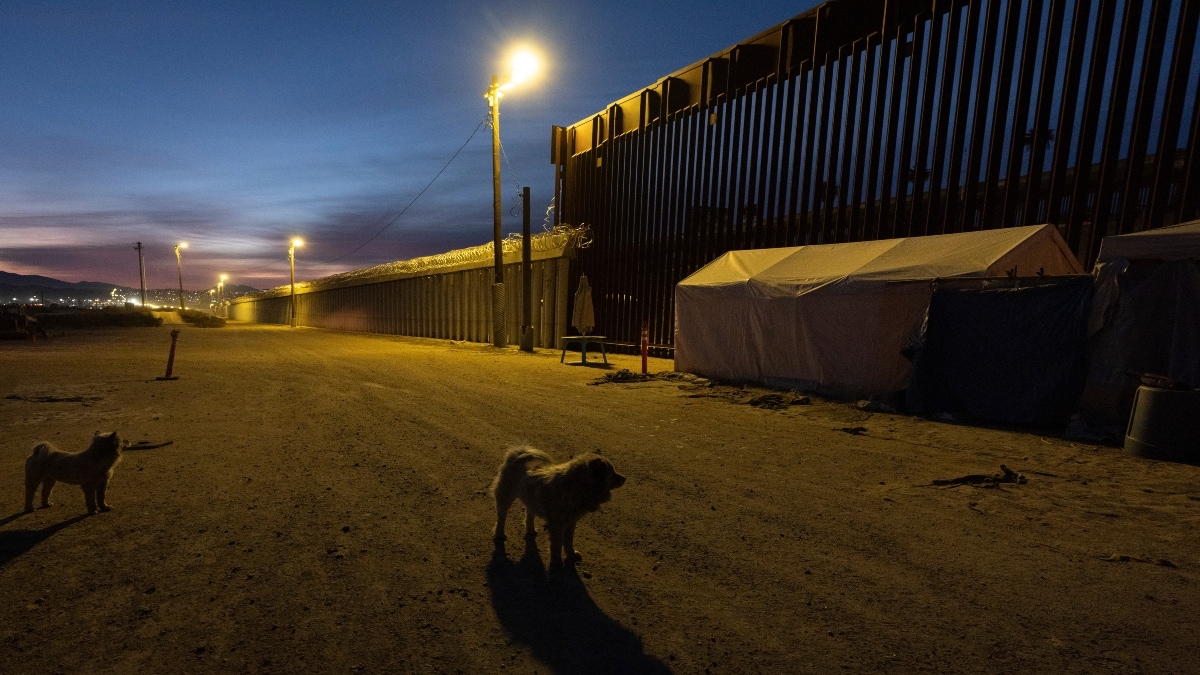Restaurants and Bakeries Are Rethinking Their Most Basic Ingredient: Eggs


Bird flu outbreaks have caused egg prices to rise, forcing some restaurants either adapt recipes or raise menu prices
Toward the end of 2024, James Wong of the San Francisco bakery Breadbelly was already mentally preparing for his egg prices to go up: They also spiked at the end of 2022 and 2023, due to nationwide bird flu outbreaks. “It’s definitely more prevalent,” Wong says. “It’s like, bird flu is here again.” Indeed, in the past four months, his costs have gone up by 150 percent.
According to the United States Department of Agriculture, egg prices in December 2024 were 36.8 percent higher than in December 2023 (though still below the prices in January 2023). They’re only expected to increase: The USDA predicts egg prices will go up by 20.3 percent in 2025. That’s the result of another major bird flu outbreak that’s disrupted the poultry industry nationwide, led to a record number of chicken deaths, and caused egg prices to skyrocket as the supply struggles to keep pace with demand.
For a bakery that also sells breakfast sandwiches, the situation has thrown a wrench in operations. This year, Wong has also had trouble sourcing large eggs, instead receiving medium eggs at an inflated price. “If we can’t get the right size egg, then it’s a different product for the customer,” he says. Finding that the margins no longer made sense, he recently took the egg coffee, which used fresh egg yolks for a whipped topping, off Breadbelly’s menu. Next on the chopping block would likely be the egg salad bun — currently, a sandwich filled with egg salad and squash kakiage, and sold for $17 — even though, as Wong says, “people love it.”
There’s only so much he can cut, though: Breadbelly specializes in enriched dough. That internet-famous kaya toast? The bread and the jam both use eggs. “An increase in the main ingredient that goes into our signature product — it’s tough,” Wong notes. Up to this point, certain food businesses have been able to operate “with the thought that eggs will always be available at a reasonable price,” he says. “But when that changes, does it change [the] business model right away? I don’t know yet.”
/cdn.vox-cdn.com/uploads/chorus_asset/file/25859151/kayatoast.jpg) Albert Law/Eater SF
Albert Law/Eater SF
Eric See, owner of Brooklyn’s Ursula, is also feeling the effects. Ursula, a New Mexican restaurant, is known for breakfast burritos, brunch, doughnuts, and pastries. “It’s 50 percent eggs,” See says. “That’s basically what we sell.” While the prices for the liquid eggs Ursula uses in its burritos have stayed relatively stable, the prices for loose eggs from See’s suppliers have fluctuated: from $45 for 15 dozen eggs in September, to $80 for the same amount in December, to anywhere between $102 and $170 more recently.
“I’ve never seen the prices increase this quickly,” See says. So far, his restaurant has been eating the cost. But that’s hard when the margins are already tight. January is generally a slow month for restaurants, and See says most of his ingredients have seen price hikes in the last year. With breakfast, “you can’t put market price [on the menu] like you can for a lobster or a raw seafood platter,” he says.
Before the most recent round of major price increases, See bought more eggs than usual, knowing prices were likely to go up even more. He’s stored the overage in friends’ walk-ins since his space is limited. “But I don’t have the money to buy enough for a month or two months,” he says. When See has to inevitably restock eggs at the even-higher rates, “I’m going to have to see how that affects the food cost and how much of that I have to pass on,” he says. Prices already went up at Ursula last year; See raised the price of a breakfast burrito from $12.50 to $13. (“Not enough to actually cover the inflation of all the food costs,” See added in an email.)
Even large chains are reeling. Waffle House, which claims to sell 272 million eggs per year, recently announced that it’s adding a temporary surcharge of 50 cents per egg to all orders.
At Daisies, the all-day Chicago restaurant, chef and owner Joe Frillman has resisted raising prices on the pastas that his restaurant is known for. That’s despite the fact that his egg costs have gone from nine cents an egg in 2021 to around 60 cents an egg now. Absorbing much of the cost so far, Frillman is choosing to be more strategic about the menu. He added dishes to the brunch menu but decided that none of the new additions could be egg-centric.
Meanwhile, a pasta dish that uses lots of eggs in the dough might be reworked to focus more on the noodles than on the addition of pricey elements in the sauce. “We’ll have a brown-butter tajarin, with the dough made predominantly of egg yolks, but we won’t put anything in to raise that price because we want to showcase just the noodles,” Frillman says. “Those are dishes where there’s a way to absorb [the cost].” A lasagna might use fewer sheets of pasta dough and more layers of vegetables or cheese.
On the pastry side at Daisies, executive pastry chef and partner Leigh Omilinsky says it’s been “a little bit of a kick in the ass” to work on more vegan and egg-free desserts. She’s been experimenting with flax seeds, which provide similar binding capabilities to eggs.
Not every egg-focused restaurant seems to be feeling the same pressure to adapt. Jesse Wendel, executive chef of Milwaukee’s Uncle Wolfie’s Breakfast Tavern — which goes through between 360 to 540 eggs a day — says the prices he’d get through Sysco right now would be “substantially over” what he’s currently getting from the small, local Three Brothers Farm, which the restaurant switched to for its eggs about two years ago. “They’re incrementally raising their prices, which is obviously fine,” Wendel says. “We’re actually still getting [eggs] for about 50 cents less than what is current market price.”
/cdn.vox-cdn.com/uploads/chorus_asset/file/25859162/unclewolfie.png) Uncle Wolfie’s Breakfast Tavern
Uncle Wolfie’s Breakfast Tavern
Similarly, Evan Hanczor, owner of Brooklyn’s Little Egg, says that the egg prices from his main suppliers — Red Gate Farm and Early Bird Farmers Cooperative, which he gets through GrowNYC — have been stable. He pays between $50 and $70 for a 15-dozen case of eggs and doesn’t currently feel concerned that prices will change too much. (Even if they did, eggs will still never pose the “cost challenge” that covering health insurance and fair wages does, he notes.)
“I feel like there’s something about us already working with smaller, more local farms,” Hanczor says. “Our [egg] prices have always been higher.” While his choice to source locally has mostly been for quality reasons and to support local economies, it may have an insulating effect, he speculates. “When some of these shocks to the bigger food chain happen, we’re a little protected because we’re working with small farmers who are working a little bit outside of that,” Hanczor says.
Some of this could be the fact that most commodity eggs — which is to say, the regular white eggs that don’t boast any specialty qualities and which we once thought of as cheap — come from large factory farms. There, chickens are forced into tight quarters that allow for the easy transmission of bird flu. Farms that sell specialty eggs like cage-free or pasture-raised, by comparison, tend to be smaller and with less packed-together chickens. Some of these smaller farms are now seeing increased demand. Still, smaller, local farms have also been affected by the outbreak: Long Island’s Crescent Duck Farm recently had to cull its entire flock of 100,000 birds.
It’s likely that this situation will continue for the foreseeable future. “Not to be the bearer of bad news, but we’re in this for a while,” Emily Metz, president and CEO of the American Egg Board, recently told CNN. “Until we have time without a detection [of bird flu], unfortunately this very, very tight egg supply is going to continue.” In the coming years — and especially if President Trump’s proposed tariffs on imported food come to pass — consumers will increasingly be forced to reckon with the foods that we once took for granted as affordable, abundant, and ever-available.
“It’s hard to think of because eggs used to be the commodity product,” Wong says. But that idea of commodity products being cheap: “It’s kind of disappearing now,” he says.


































































































































































































